INFLUENCE

Schooten: Vital link between Descartes & Newton
Descartes didn't write Géométrie in Latin, the universal language of scholars, and the style of writing was not easy to follow. Van Schooten solved these problems in 1649 by printing a Latin translation of Géométrie together with supplementary materials. Schooten’s work enabled future mathematicians to easily understand and use Descartes’ complicated theories.
The importance of Schooten’s work comes from the fact that Newton, who could read Latin but not French, read the translated version which describes methods for finding the slopes of lines tangent to curves. Thus, Schooten proved to be the vital link who carried Descartes’ ideas to Newton exactly at the time he wanted those ideas to discover calculus.
“Thus, it is probably not too much to say that although analytical geometry was introduced by Descartes, it was established by Van Schooten"
~ A History of Mathematics, Uta Merzbach and Carl Boyer, 1968
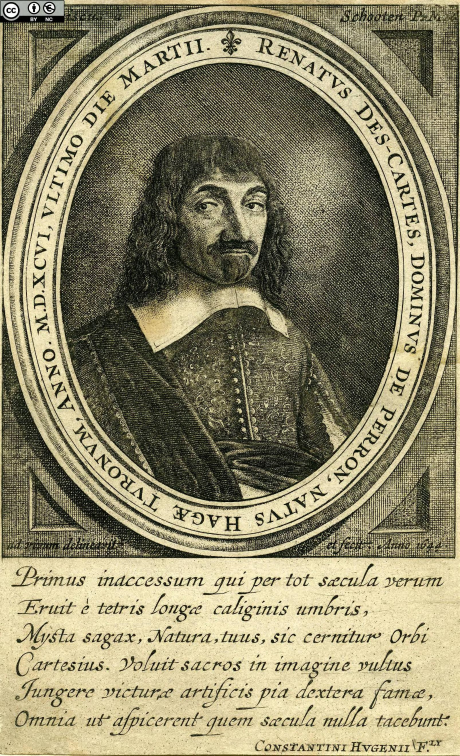
(René Descartes Engraved Portrait By Franciscus Van Schooten)
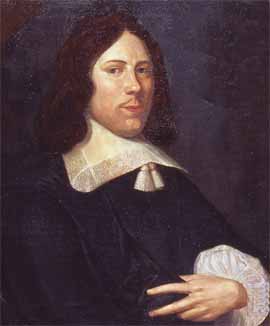
(Van Schooten’s Portrait at faculty room, University of Leiden)
Influence on Newton/Leibniz
Descartes’ groundbreaking work laid the foundations for modern mathematics and inspired future generations, including two gifted mathematicians, Sir Isaac Newton and Gottfried Leibniz.
Both these scholars encountered Descartes’ Ideas during their formative years of study. Newton read Schooten’s edition of Géométrie. His interest in the Cartesian equation of curves led him to discover calculus which he published in Principia Mathematica, 1687. Like Newton, Leibniz was also interested in theory of curves. He first published his research on differential calculus in 1684 in an article in the Acta Eruditorum.
“We know that in 1661, during his first year of study at Cambridge university, Isaac Newton read books about Descartes’ Mathematics. Much later, after he had become a famous mathematician and scientist, Newton openly declared, If I have seen little further than others, it is because I have stood on the shoulders of giants."
~ Descartes Secret Notebook, Amir D Aczel
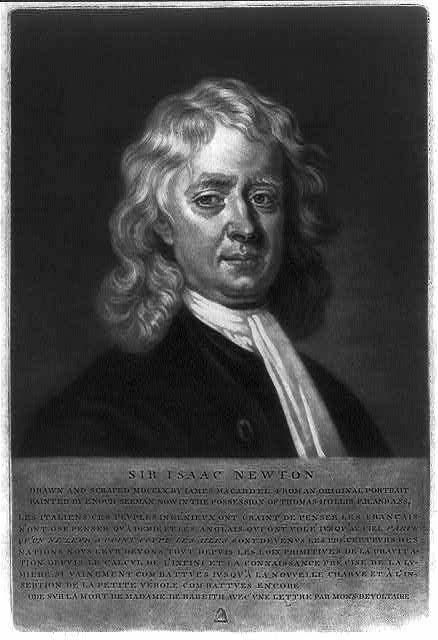
(Sir Isaac Newton’s Portrait by James McArdell, 1760, Library of Congress)
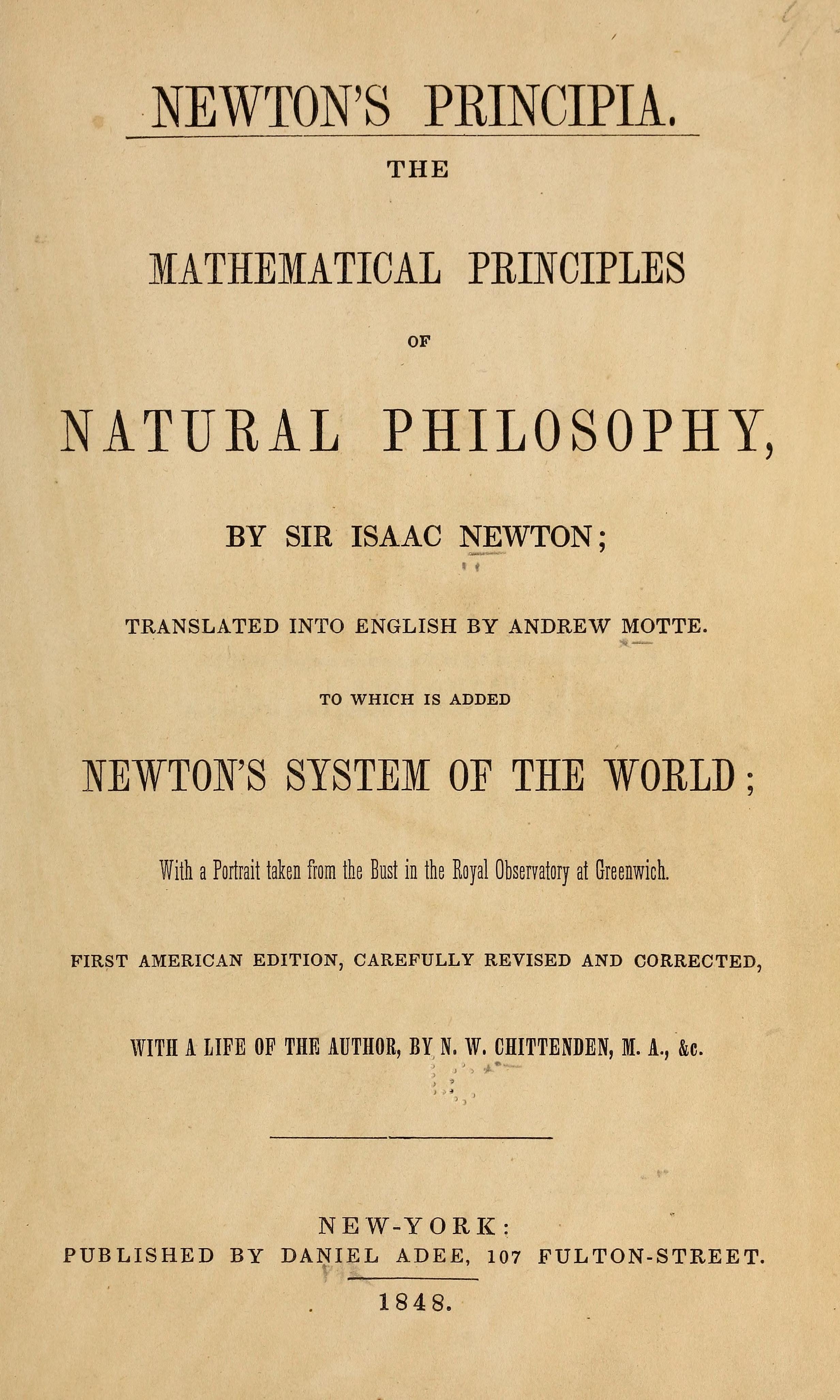
(Newton’s masterpiece, Prinicpia, tr Andrew Motte, 1848, Library of Congress)
“Leibniz achieved great distinction in 2 major fields : philosophy and mathematics. The term Universal Genius has often been applied to this extremely talented polymath. In this respect he may be compared with Descartes; indeed, it was the dominant influence of these two philosopher mathematicians that created the tradition of philosophical rationalism which, broadly speaking, dominated the continental thought until the present century"
~ Makers of Mathematics, Stuart Hollingdale
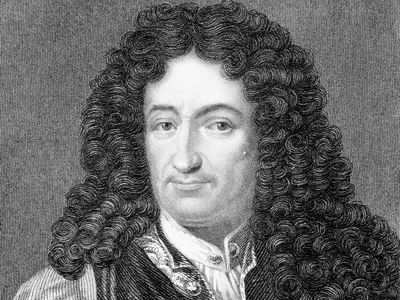
(Gottfried Wilhelm Leibniz, Britannica)

(Gottfried Wilhelm Leibniz's Acta Eruditorum. October 1684 issue (X))
Influence on Euler
Descartes' influence extended beyond Newton and Leibniz to other mathematicians in Europe. Most important among them was Leonhard Euler. Euler in 1726, extended cartesian geometry to three-dimensional space, defining algebraic equations for cylinders and cones, as demonstrated in his seminal work, 'the Introductio'.
“Euler’s Introductio did more than any other book to make the use of coordinates, in both two and three dimensions, the basis of a systematic study of curves and surfaces”
~ A History of Mathematics, Uta Merzbach and Carl Boyer, 1968
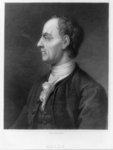
(Leonhard Euler Engraving by B. Holl, Library of Congress)
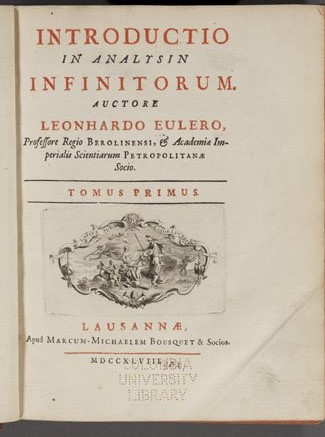
(Leonhard Euler’s Introductio in Analysin Infinitorum 1748, Mathematical Association of America)
